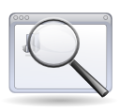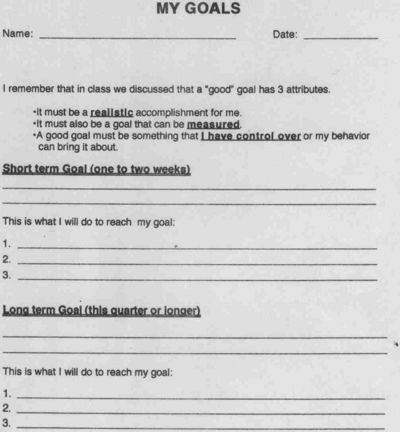MOSEP foundation module
![]() Digg this
Digg this
![]() Post to del.icio.us
Post to del.icio.us
![]() Post to Furl
Post to Furl
![]() Post to Magnolia
Post to Magnolia
![]() Post to Yahoo
Post to Yahoo
 |
More self-esteem with my e-portfolio: Foundation Module Discovering the power of e-portfolio |
|
| This module introduces the ePortfolio method and its processes and its opportunities for the development and learning of young learners. |
It consists of six sessions.
- Session 1: Introduction
- Session 2: Working with young learners
- Session 3: Digital Technology in the construction of identity
- Session 4: Integration of ePortfolio process with young learners
- Session 5: Planning and implementing an ePortfolio
- Session 6: Validation
To learn effectively with these sessions and materials, learners should have a general knowledge about the Internet, and a basic knowledge about learning processes and teaching. Each of the sessions will take about 60-180 minutes. Internet access is needed.
Contents
First steps to your own ePortfolio
Tools and Web Resources
Moodle with a module for portfolio:
The German ministry of education made an application for an additional module for the moodle-platform “EXABIS”, which provides every learner with an individual portfolio block. This block is independent from the courses and enables learners to reflect their steps of learning, record individual documents of their history of learning and to categorize them as well as the communication between the teachers.
|
Moodle – Exabis Modul: http://moodlekurse.org/moodle/ |
ELGG with presentation module:
The ELGG software – Learning Landscapes has established itself in the open source and social software community as a tool for social networking. The focus of this software is on “social tagging”, “community building” and “reflection”. The presentation module enables now a community-oriented e-portfolio system.
|
ELGG – Learning Landscapes: http://eduspaces.net/ |
Reference:
http://edublog-phr.kaywa.ch/eportfolio/die-e-portfolio-methode-mit-open-source-werkzeugen.html 18.07.2007 11:15 AM
Translation by Martin Prokoph
Mahara E-Portfolio:
“Established in 2006, Mahara is the result of a collaborative venture funded by New Zealand's Tertiary Education Commission's e-learning Collaborative Development Fund (eCDF) […] Mahara is a fully featured open source electronic portfolio, weblog, resume builder and social networking system, connecting users and creating online communities. Mahara is designed to provide users with the tools to demonstrate their life-long learning, skills and development over time to selected audiences.“
|
Mahara E-Portfolio: https://eduforge.org/projects/mahara/ |
Reference:
http://www.mahara.org/ 18.07.2007 11:15 AM
KEEP-Toolkit (Knowledge Exchange Exhibition and Presentation Toolkit):
The KEEP-toolkit is based on the belief, that “snapshots”, that means objects of information can be collected in a structured way and can be extracted in different relations as presentation. The Toolkit is working essentially with “templates”, which provides the user with guiding questions referring to every kind of summary, individual goals, individual reflection, external references and the data itself.
|
KEEP-Toolkit http://www.cfkeep.org/html/index.php |
Learning goals
after this session the participant will be able to :
|
|
The meaning of learning goals
Learning is not always a goal-centred process. It happens, that somebody learns something which was not planned or aimed. For example, somebody learns something en passant by watching TV, gets an deeper insight in foreign cultures by travelling around or finds out how to swim after falling into the water (he is probably not planning to learn, how to swim, but want survive).
Learning goals are not only set up to direct and control schooling, e.g. with curriculum.
In teaching settings, many (if not all) didactical methods builds up on the clear assumption that the clarification of learning goals are important to achieve these goals.
The idea of the portfolio method is, that a learner is directly involved in the setting of learning goals. This should ensure a greater interest, engagement and motivation to achieve at the goals.
For that, the learners should be also informed about the goals of the eportfolio work itself and its assessment principles.
What are good learning goals?
There are several characteristics for a "good" learning goal.
It should
- match the learner's interest,
- comply with requirements of a curricula
- be measurable (which means, it should be clear, when and if the goal is achieved)
- be realistic for the learner (matching his preknowledge, learning possiblities, time span)
- last not least a motivating, challenging goals.
Planning of learning steps
Similar considerations should be made about the planned learning steps. As the learning goals, the learning steps should be planned as realistic, challenging strategy to achieve the learning goals.
On the left you see of a paper-based template for the setting of learning goals and plans.

